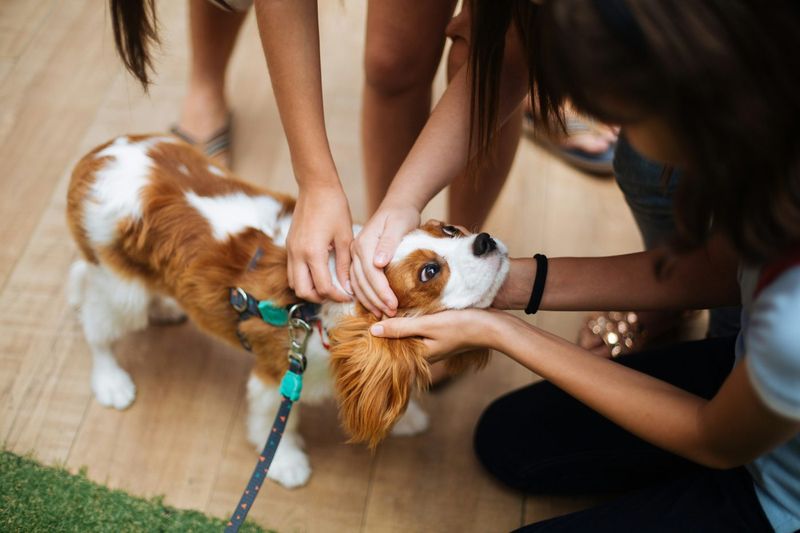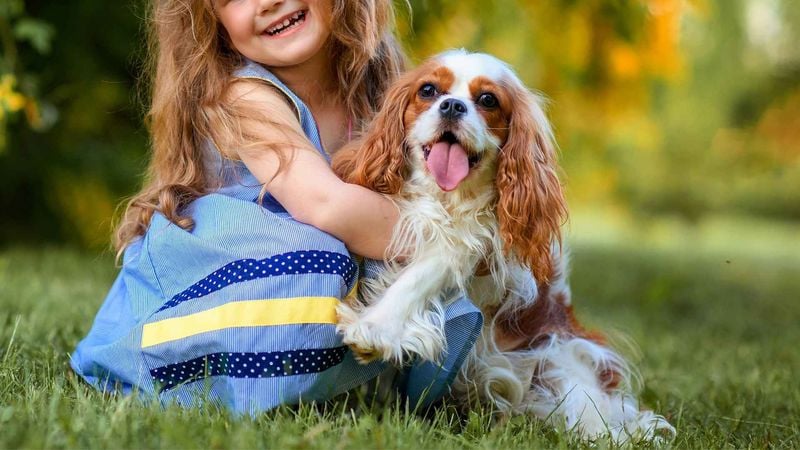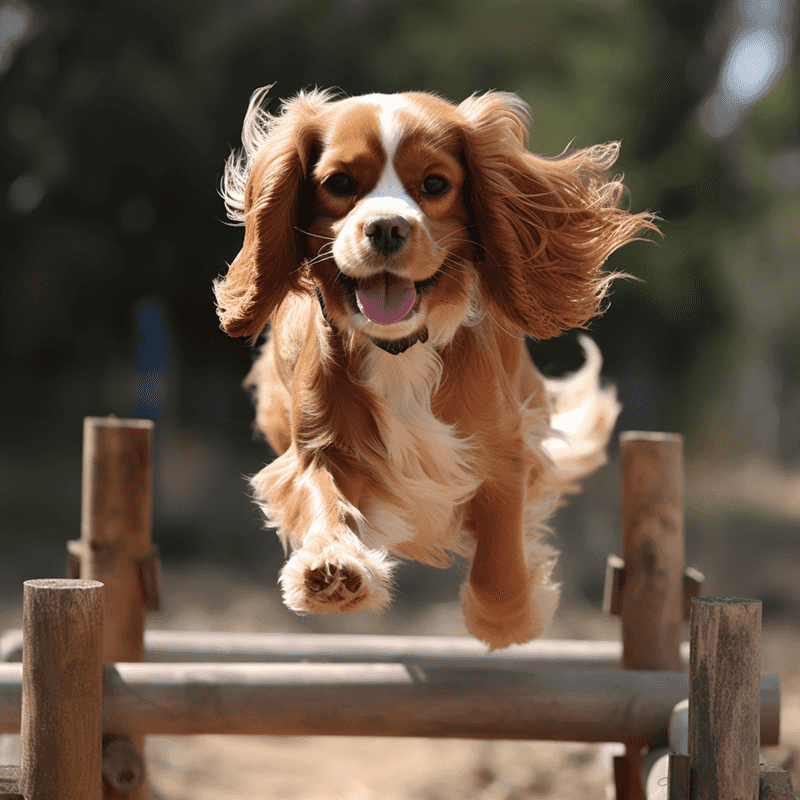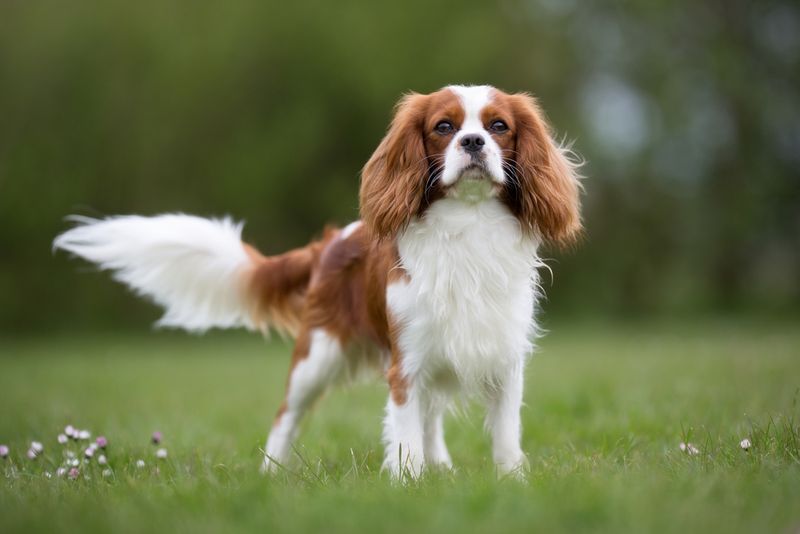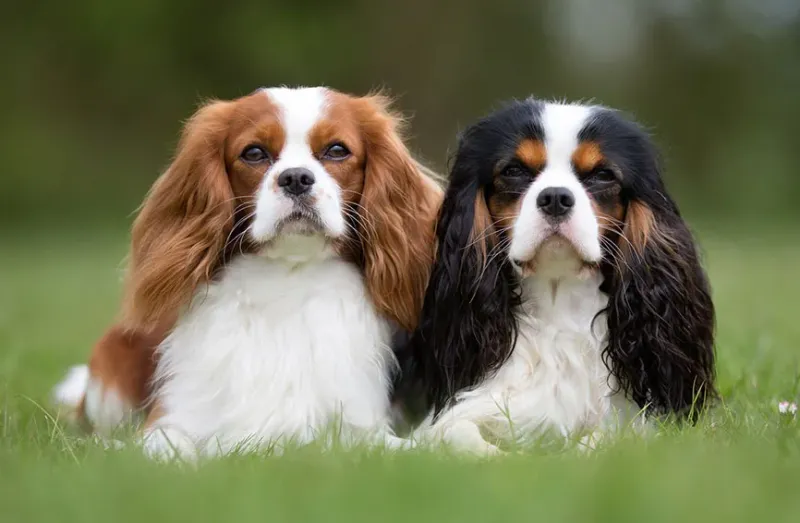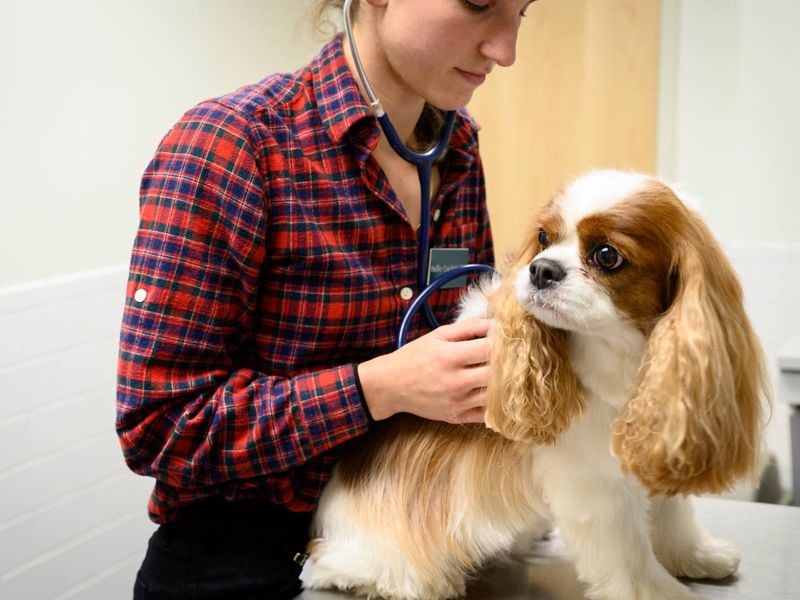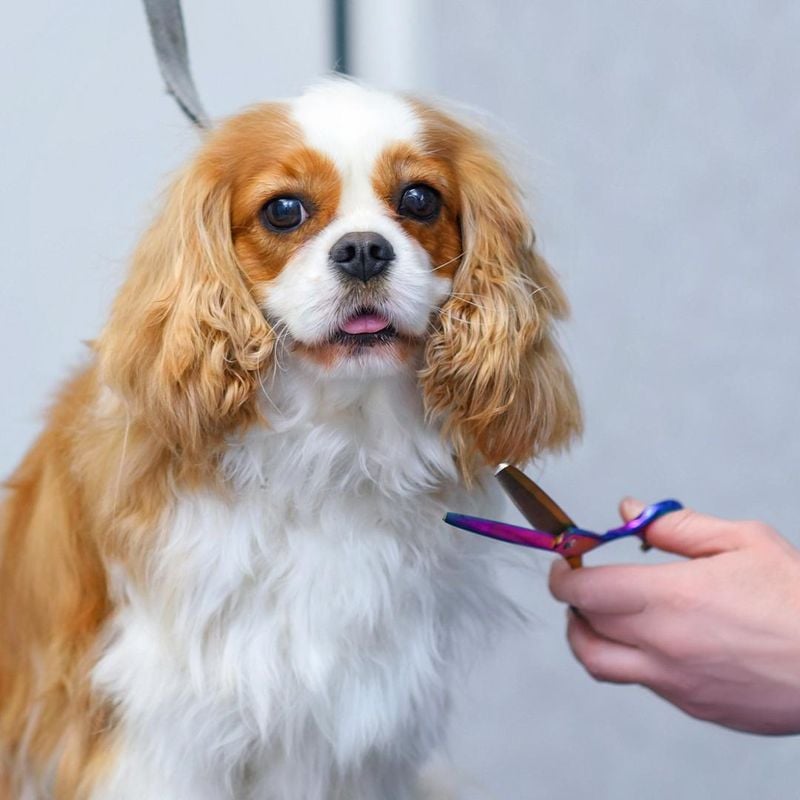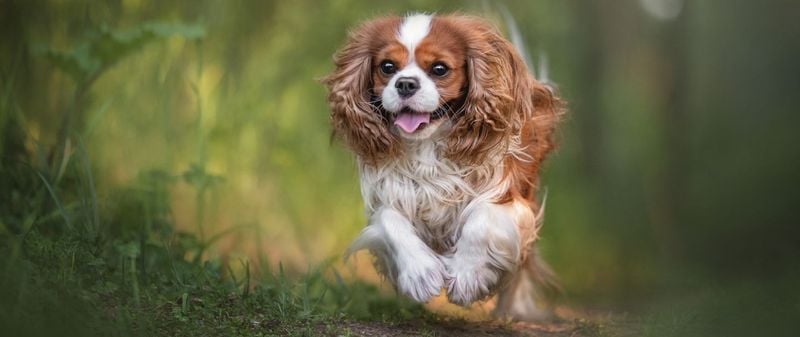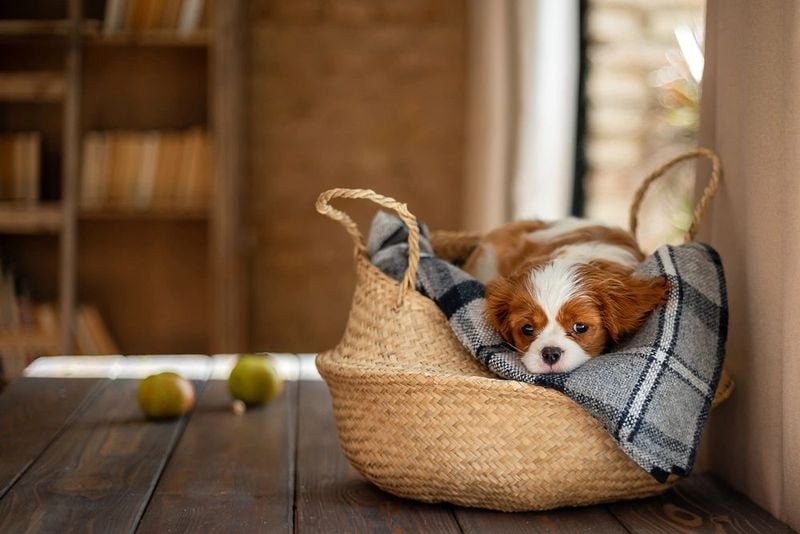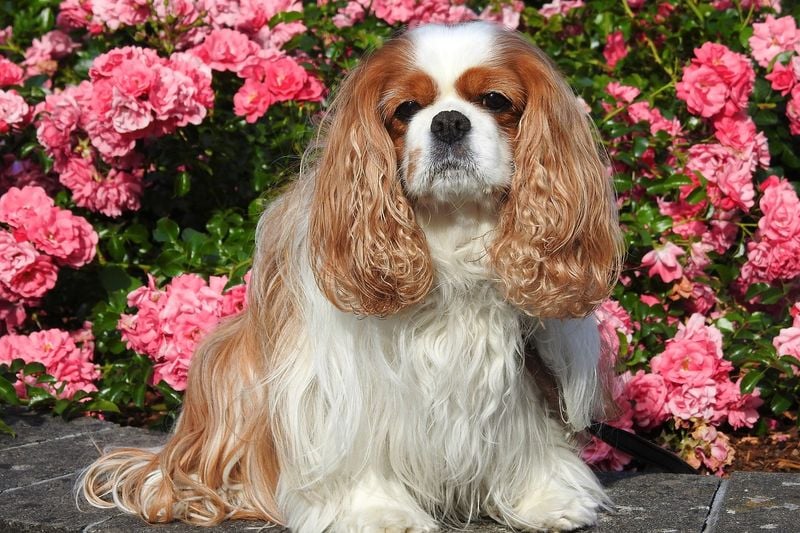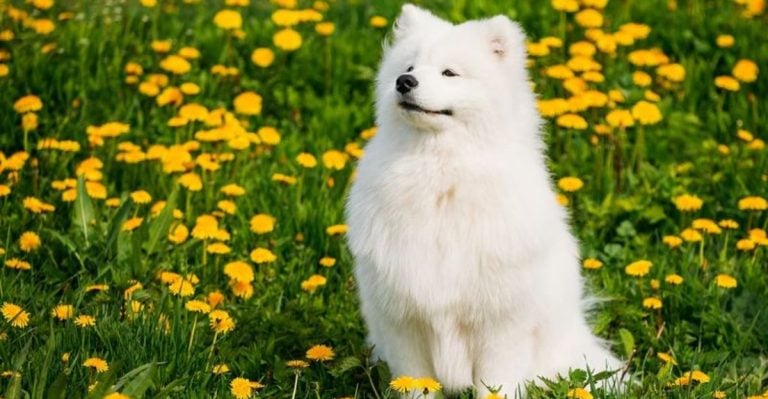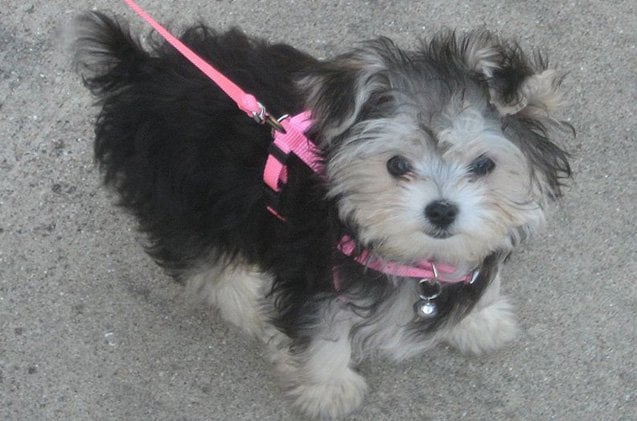Cavalier King Charles Spaniel: 6 Reasons to Love Them (and 6 to Think Twice)
Thinking about bringing home a Cavalier King Charles Spaniel? These charming, floppy-eared companions have been stealing hearts for centuries, winning over both royalty and everyday dog lovers with their soulful eyes, silky coats, and gentle personalities. Originally bred to be the ultimate lap dogs for aristocrats, Cavaliers carry that same sense of calm companionship today—but with a playful, people-loving twist that makes them ideal for modern families, singles, and seniors alike.
They’re known for being affectionate, adaptable, and delightfully friendly with nearly everyone they meet—whether it’s kids, cats, or complete strangers at the park. But don’t let their dainty looks and easygoing charm fool you. Like any breed, Cavaliers come with their own unique needs, quirks, and health considerations that potential owners should be aware of.
Whether you’re drawn to their elegant appearance or their cuddly, loyal nature, it’s important to understand both the perks and the potential downsides before committing. In this guide, we’ll walk you through the top pros and cons of living with a Cavalier King Charles Spaniel to help you decide if this beloved breed is truly the right fit for your lifestyle.
1. Heart-Melting Affection That Knows No Bounds
Cavaliers don’t just love their humans—they practically worship them. These dogs were specifically bred to be companions, and they excel at this job with an almost magical ability to sense your emotions.
Many owners describe having a Cavalier as like having a living shadow that follows you from room to room, always eager to curl up in your lap or snuggle beside you on the couch. They thrive on physical closeness.
Unlike some independent breeds, Cavaliers genuinely seem happiest when they’re making their humans happy. This devotion makes them especially wonderful for first-time dog owners or anyone seeking a deeply bonded pet relationship.
2. Family-Friendly Temperament That Shines With Children
Few dogs match the Cavalier’s natural gentleness with children. Their patient, tender nature makes them ideal playmates for kids of all ages, rarely showing aggression even when little hands aren’t always gentle.
Cavaliers seem to instinctively understand that children require special care. They’ll tolerate dress-up sessions, tea parties, and clumsy petting with remarkable patience. This adaptability extends to other pets too—most Cavaliers happily coexist with cats, rabbits, and other dogs.
Their non-territorial nature means less resource guarding and more peaceful household dynamics. For families juggling the chaos of children and multiple pets, a Cavalier’s easygoing personality provides a welcome sense of harmony.
3. Apartment-Perfect Size Without Small Dog Syndrome
Weighing between 13-18 pounds, Cavaliers hit the sweet spot of dog sizing. They’re substantial enough to join you for moderate activities yet compact enough for apartment living and easy travel.
Their modest dimensions make them perfect lap dogs without overwhelming smaller spaces. Unlike many small breeds, Cavaliers rarely develop the yappy, nervous tendencies often labeled as “small dog syndrome.”
They maintain a calm confidence that belies their size. Their adaptable nature means they’re equally content in city apartments or country homes. This perfect medium size also makes them easier to handle for children, seniors, or people with physical limitations. You can comfortably lift a Cavalier when needed without straining yourself.
4. Trainability That Makes Learning A Joy
Cavaliers bring an eager-to-please attitude to training sessions that makes teaching new skills surprisingly straightforward. Their intelligence combined with food motivation creates a perfect learning environment.
Most pick up basic commands within just a few consistent sessions. Their gentle nature means they respond beautifully to positive reinforcement methods. Harsh corrections or intimidation tactics simply aren’t necessary with these sensitive souls.
They flourish with praise, treats, and gentle guidance. While not as work-oriented as border collies or German shepherds, Cavaliers can excel in obedience, rally, therapy work, and even some agility activities. Their trainability makes them versatile companions who can adapt to various household rules and routines.
5. Exercise Needs That Won’t Run You Ragged
Unlike high-energy breeds that require hours of vigorous exercise, Cavaliers maintain a refreshingly moderate activity level. A 30-minute daily walk supplemented with some indoor play sessions typically satisfies their exercise requirements completely.
This adaptable energy level makes them suitable companions for various lifestyles. They’ll happily join you for a weekend hike but won’t bounce off the walls if rainy weather cancels outdoor plans.
Their natural “off switch” means they can transition from playful to peaceful in moments. Senior owners particularly appreciate this balanced energy. Cavaliers provide enough motivation to maintain an active lifestyle without demands that might be physically challenging for older adults or those with mobility limitations.
6. Stunning Silky Coat That Turns Heads
The Cavalier’s flowing, silky coat stands among the most beautiful in the dog world. Those feathered ears, chest, and tail create an elegant appearance that draws compliments wherever they go.
Their coat comes in four stunning color combinations: Blenheim (chestnut and white), tricolor (black, white, and tan), ruby, and black and tan. Beyond aesthetics, their coat feels incredibly soft to the touch.
There’s something genuinely therapeutic about stroking those silken ears while they rest in your lap. Many owners find this tactile quality deeply soothing. Unlike double-coated breeds, Cavaliers don’t experience dramatic seasonal blowing of their coats.
Their shedding remains relatively consistent year-round, making housekeeping more manageable than with some other breeds.
7. Health Concerns That Can Break Hearts (and Banks)
Cavaliers face serious genetic health challenges that prospective owners must understand. Mitral valve disease affects over half of all Cavaliers by age 5 and nearly all by age 10, often leading to heart failure.
This heartbreaking condition frequently cuts their lifespan short to just 9-12 years. Syringomyelia, a painful neurological condition where the skull is too small for the brain, affects many Cavaliers.
Symptoms include hypersensitivity around the head, neck, and shoulders, with some dogs yelping in pain when touched or picked up. Other common issues include hip dysplasia, luxating patellas, and various eye problems.
These health challenges mean veterinary expenses for Cavaliers often exceed those of healthier breeds, sometimes reaching thousands per year.
8. Grooming Demands That Require Commitment
That gorgeous flowing coat demands regular maintenance to keep it looking its best. Cavaliers need brushing at least 3-4 times weekly to prevent painful mats and tangles, especially behind the ears, under the legs, and around the tail.
Their floppy ears trap moisture and debris, making them prone to infections that require weekly cleaning and inspection. Many owners schedule professional grooming every 6-8 weeks to maintain coat health and manage the feathering on legs, ears, and tail.
Cavaliers also tend to develop tear staining beneath their eyes, requiring daily gentle cleaning to prevent discoloration. While their grooming needs aren’t as extreme as some long-haired breeds, they definitely require more maintenance than wash-and-wear short-coated dogs.
9. Separation Anxiety That Tests Your Independence
The same loving attachment that makes Cavaliers wonderful companions can transform into problematic separation anxiety when left alone. Their breeding history as constant companions means many struggle with solitude, exhibiting destructive behaviors, excessive barking, or depression when separated from their humans.
Working families should carefully consider this aspect of the Cavalier personality. These aren’t dogs that can happily spend 8-10 hours alone daily. Many owners report coming home to destroyed furniture, complaints from neighbors about barking, or concerning self-harming behaviors like excessive licking.
Solutions might include doggy daycare, pet sitters, or bringing them to work—all adding complexity and expense to ownership. For people with unpredictable schedules or frequent travel, this dependency can become genuinely challenging.
10. Stubborn Streaks That Surprise First-Time Owners
Behind those soulful eyes lies an occasionally stubborn spirit that can catch new owners off guard. Despite their eagerness to please, Cavaliers sometimes display a surprising determination to get their way, especially regarding food or preferred sleeping spots.
Housetraining often takes longer with Cavaliers compared to other breeds of similar size and intelligence. Many owners report inconsistent results well into the first year. Their sensitive nature means they respond poorly to harsh corrections, requiring patient, consistent positive reinforcement.
This stubborn streak typically manifests most strongly during adolescence (8-18 months). Owners who anticipate this characteristic and maintain gentle but firm boundaries generally navigate this phase successfully, but those expecting perpetual compliance may feel frustrated.
11. Guard Dog Abilities That Fall Completely Flat
Anyone seeking protection from their canine companion should look elsewhere. Cavaliers typically greet strangers—even intruders—with enthusiastic tail wags and kisses rather than protective barking.
Their trusting nature makes them possibly the world’s worst guard dogs. This friendliness extends to everyone they meet. While some dogs naturally distinguish between welcome visitors and potential threats, Cavaliers generally welcome all humans as potential friends and playmates.
They rarely bark at approaching strangers or unusual sounds. Their non-threatening appearance compounds this issue. Few would-be troublemakers would be deterred by a Cavalier’s presence.
For households seeking even minimal security benefits from their dog, this breed’s perpetually sunny disposition toward all humans represents a significant drawback.
12. Weight Management Struggles That Require Vigilance
Cavaliers possess an almost legendary appetite combined with expert begging skills that make weight management a constant challenge. Their soulful eyes seem specifically designed to convince you they’re starving, even minutes after a full meal.
This food obsession leads many Cavaliers toward obesity, which exacerbates their already concerning health issues. Extra pounds place additional strain on their heart and joints, potentially shortening their already compromised lifespan.
Studies show over 50% of Cavaliers are overweight or obese. Owners must commit to portion control, limited treats, and regular weighing despite those pleading eyes.
Family members and visitors need consistent rules about not feeding table scraps or extra treats. For households where food discipline is already challenging, a Cavalier’s persistent begging can create genuine tension.

